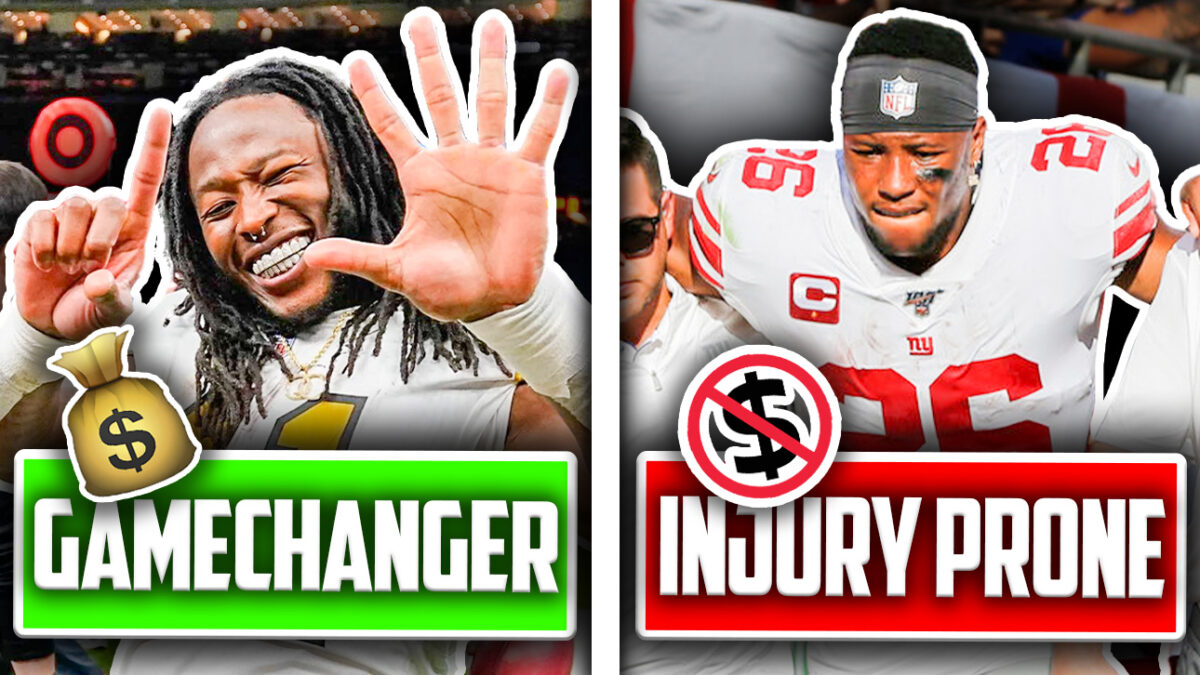
While it all seems to fade out of focus once the season gets underway… so many NFL games are won and lost during the offseason—when teams are constructing their rosters for the upcoming season.
Whether it is key contract negotiations, cough, cough, I’m looking at you Baltimore, preparing for the draft, or playing the field—either in the free agent or trade markets… there is A LOT of talent—and subsequently games to be won and lost.
It isn’t always crystal clear exactly what the implications of all the transactions will be, but this year—there are some obvious winners and losers in the chess match that is the NFL offseason!
Pay Running Backs – Most Touches Other than Quarterbacks
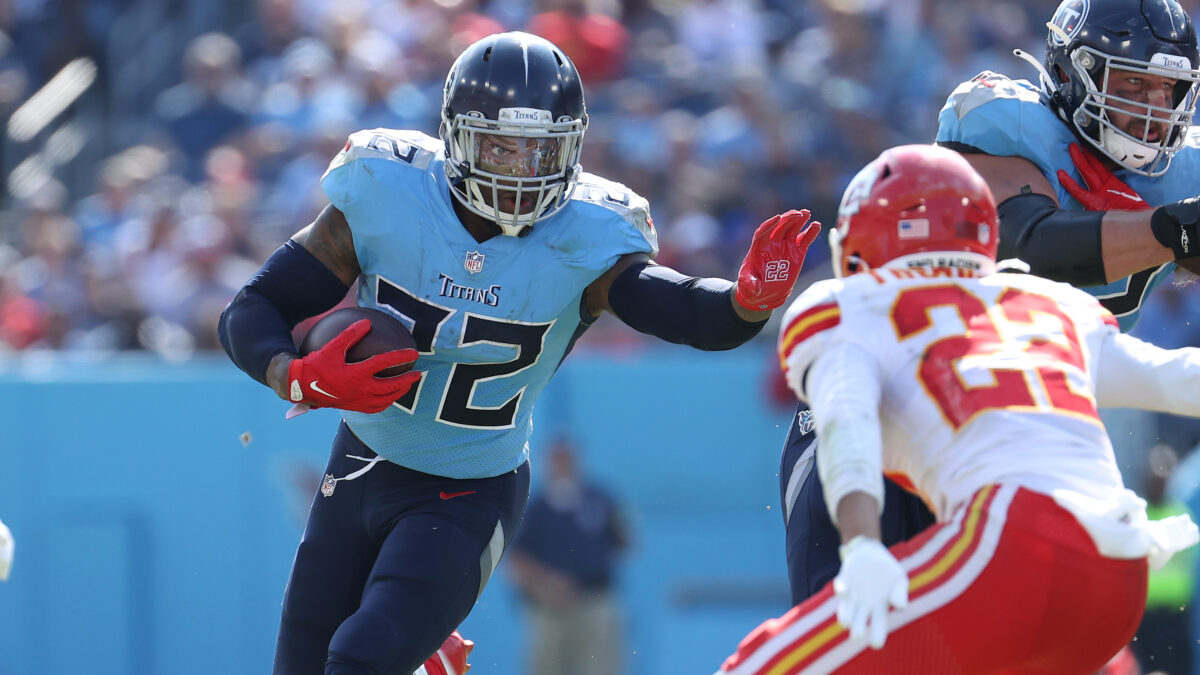
Now, we aren’t exactly top-of-the-line mathematicians here at TPS… I can admit that… But even my laymen’s arithmetic can make a fairly compelling argument for NFL teams to pay their running backs.
Of all the skill players—and, yes, I say skill players so that no wise guys chirp in the comments that the center touches the ball every play—on the field except the quarterbacks, they easily handle the rock the most.
Even in today’s NFL where we are seeing more and more platoons and running back by committee setups, a lot of starting backs are getting at least 20 carries per game—as well as a couple of targets in the passing game.
Click on ‘Follow Us’ and get notified of the most viral NFL stories via Google! Follow Us
I’m not suggesting that the NFL needs to start paying them per carry like it is some sort of commission structure, but there has to be some inherent value to the volume of touches these guys have every week.
Not Pay – Salary Cap
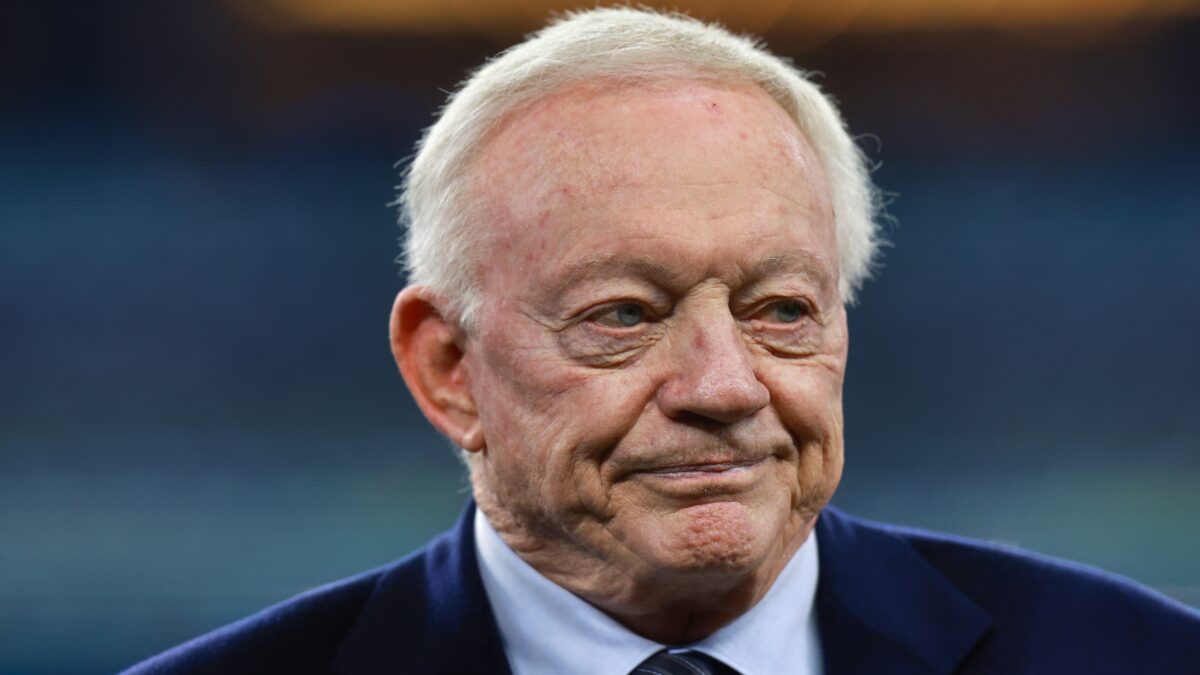
While having a salary cap in place is a very valid reason not to pay running backs, as it is the responsibility of the suits in the front office of NFL teams’ offices to make sure that they have enough capital to go around and build a winning roster, this one has to be taken with a grain of salt, because it was all instituted by the league’s owners intentionally as a means of keeping payroll down.
So… Yes… As it stands, the limitations of it being salary capped league is a legitimate reason not to pay your running backs, but does that mean that it should be?That’s a completely different argument—and one that I think most everyone except the owners is largely on the same side of.
Pay – Biggest Physical Toll
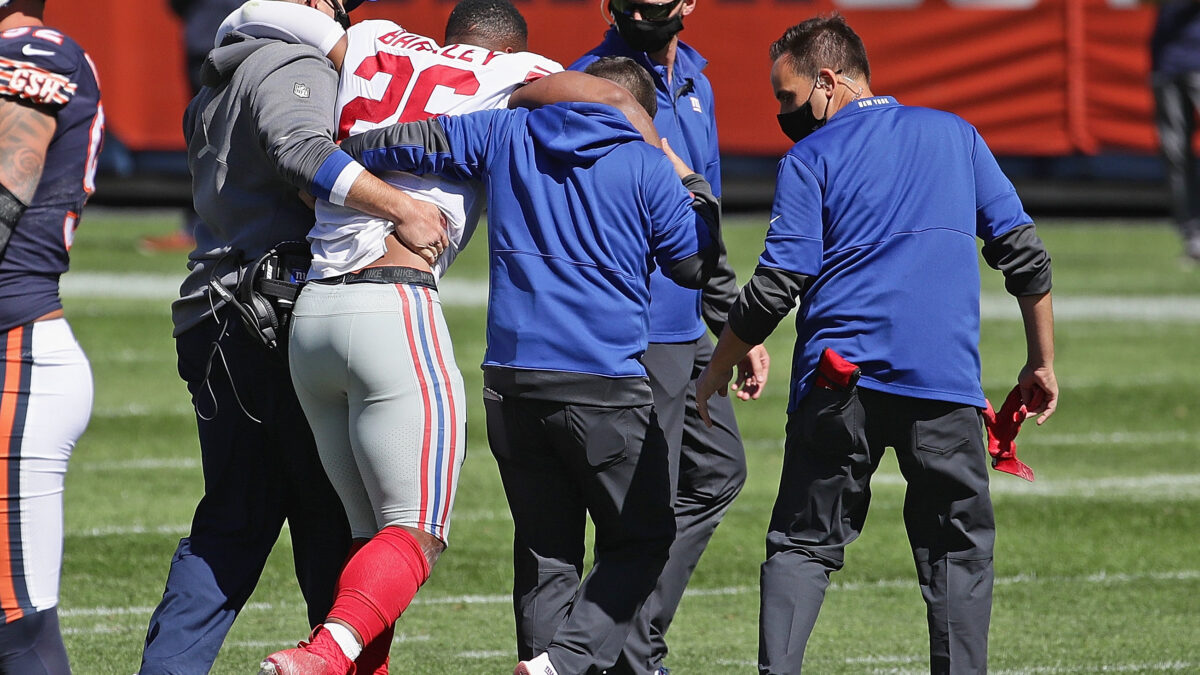
Ironically, this one is actually one of the major reasons that NFL teams don’t want to pay running backs…
But if the NFL really cared about player safety the way that it claims to, then it would ensure that its owners pony up and take care of the guys that take the biggest physical beating week in and week out.
After all, most running backs range somewhere between 5’ 9” and 6’ at the tallest. There are a handful of exceptions, but even those guys are really not built to be toting the rock down into the trenches—aka the land of the 300-plus pounders.
That’s like trying to sprint through a traffic jam and bouncing off the cars as you go.
Obviously, the NFL is a business and all of that, I get it… But there is an argument to be made that running backs deserve some extra bread for taking the most significant physical toll—and subsequently accepting significant long-term health risks..
Not Pay – Short Shelf Life
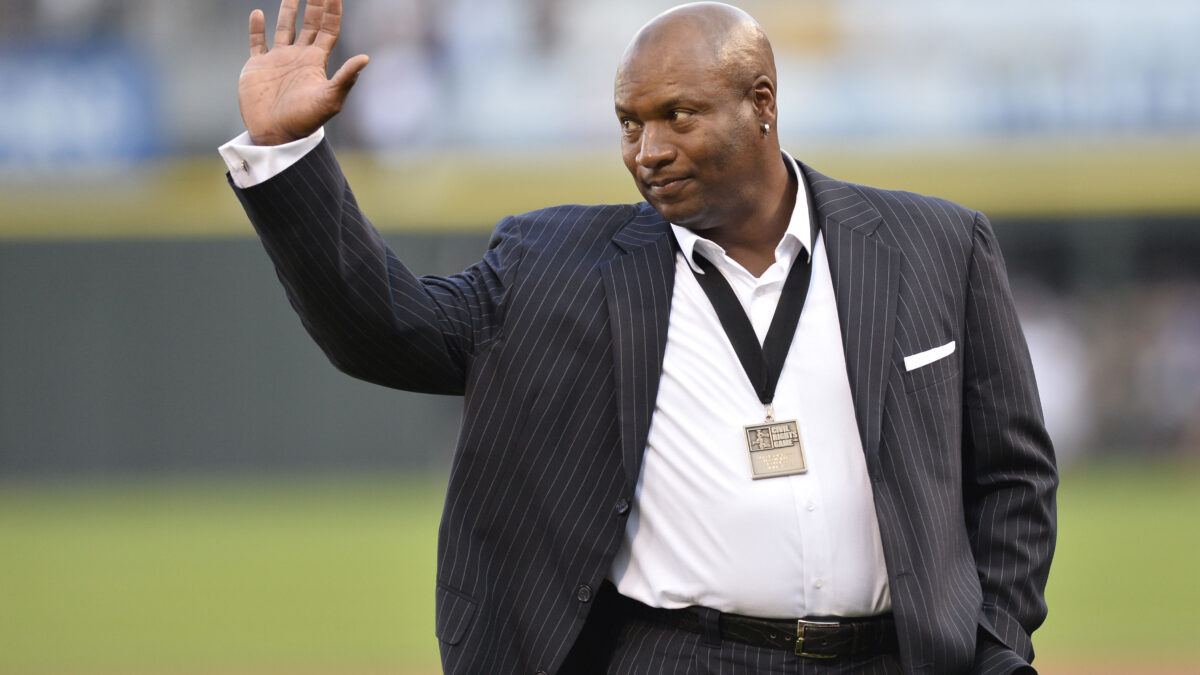
Unfortunately for running backs, the reality is that as a result of the position that they play, they have one of the shorter shelf lives in the league, which makes it rather unappealing to lock them into long-term deals.
Why would a team want to pay a player extra money if they are going to be well past their prime by the time they hit 27.
Of course, this isn’t every running back… We see a handful of guys each year that beat the odds and ball out into their late 20s and sometimes—even their early 30s.
But let’s face it, we will never, ever see a running back do what Tom Brady did and play until he’s 45… That’s basically impossible because of the physical toll that playing the position comes with.
Pay – Key Part of the Passing Game
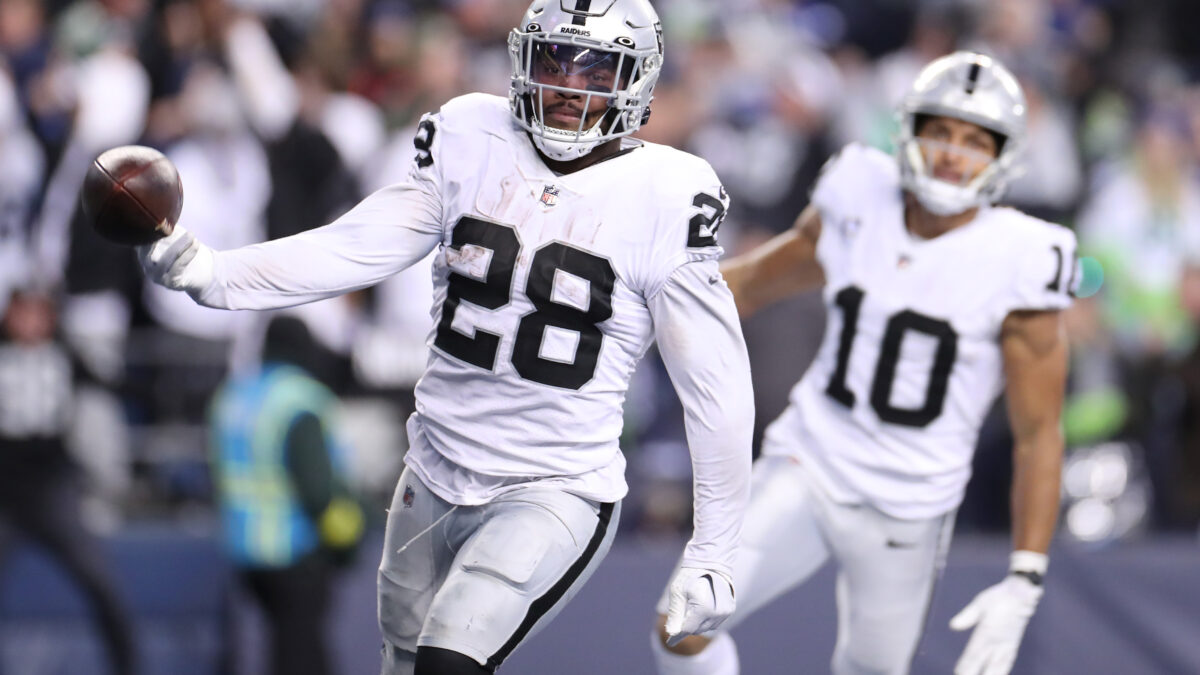
While the days of “bell cow” running backs, who used to tote the rock 30 plus times a game seem to be long gone with the increased attention paid to the passing game, there is an argument to made that today’s running backs have become an even bigger part of than their predecessors—and thus, should be paid more.
Instead of taking the ball between the tackles multiple times a drive, guys are now required to learn intricate offensive schemes, move in motion, pass block, catch the ball in the backfield, and in some cases—even split out and run true blue wide receiver routes.
I don’t know about you, but that sounds like a whole heck of a lot of value to me—and a more than fair reason for running backs to get a little pay bump across the board.
Not Pay – Easily Replaceable
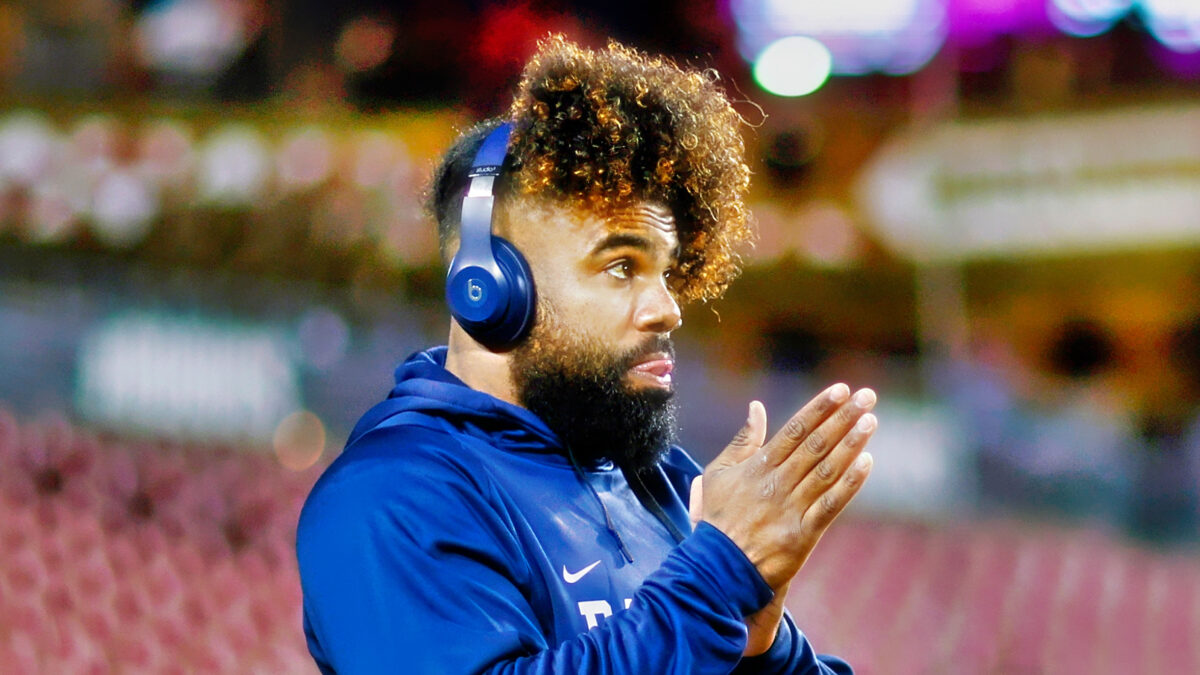
Next man up is a popular saying in football, but let’s face it, it doesn’t always ring true. Just look at what the San Francisco 49ers did last year in the NFC Championship Game against the Eagles. Brock Purdy went down and they tried to go next man up…
Didn’t go too hot.
That, however, isn’t the case when it comes to running backs. We have seen time and time again that when a starting running back goes down with an injury or gets traded, even a top-of-the-line guy, Christian McCaffrey—or in past years Le’veon Bell or Priest Holmes, a backup steps in and has a career year.
When McCaffrey was dealt out of town last year six games into the season, everyone assumed the Panthers were done for offensively… But D’Onta Foreman was slotted in and took the bulk of the carriers—and went for over 900 yards in just nine starts.
Even if McCaffrey might’ve outproduced him, Foreman’s performance came at a fraction of the cost that his former teammate’s would’ve.
When Le’veon Bell went down, James Connor had a career year—and emerged as a Pro Bowl caliber back.
Priest Holmes, well, this actually happened twice during his career. First in Baltimore, where rookie Jamaal Lewis usurped him and led the team to a Super Bowl victory, then in Kansas City, where injuries derailed him and Larry Johnson came in and went an astronomical 1750 yards and 20 touchdowns in nine starts.
The ease with which these guys can be replaced most of the time really hurts their bargaining power at the negotiating table.
Pay – Top Guys are Every Down Backs
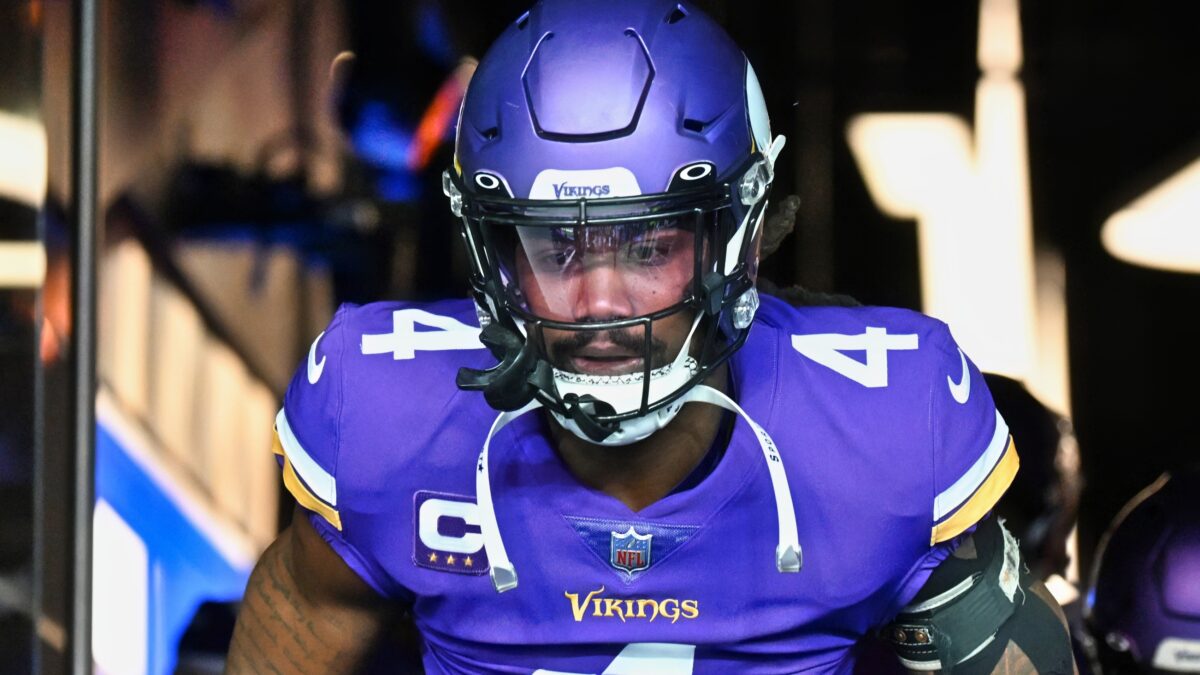
While this argument doesn’t do much for the players that are further down the totem pole, the reality is that the NFL is a pay for play business—and the discussion around running back contracts is—and should be more focused on the top backs, many of which are every down players.
Think about some of the big names around the league, guys that uncoincidentally were actually the catalysts for the explosion of running back discourse this past offseason…
Saquon Barkely, the New York Giants star running back, who the team seemed hell-bent on franchise tagging is on the field for 80% of the team’s offensive snaps.
Dalvin Cook, formerly of the Minnesota Vikings, and Josh Jacobs, who led the league in rushing last year for the Las Vegas Raiders last year, but now may be on his way out of town because of a contract dispute—were on the field for 72 and 75 percent of their team’s snaps respectively.
And the players that are able to every down backs aren’t just trotting out there and running leisurely routes when the know the ball isn’t coming to them like the wide receivers do… there is almost always an extremely important role for the running back in every play.
If he’s not carrying the ball himself, he’s blocking to help someone else succeed with the ball in their hands or contributing to the passing game as a receiver.
It is really hard to argue that the every down backs in the NFL don’t deserve to get paid more.
Not Pay – Injury Prone
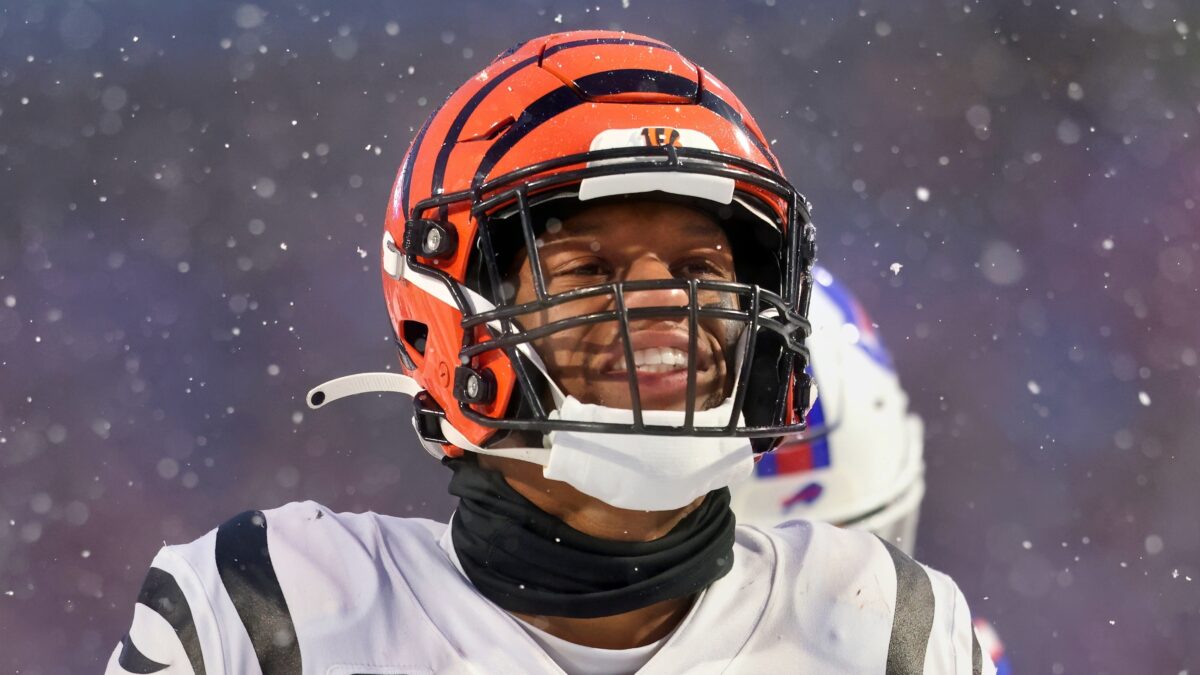
It pains me to take a page out of the big insurance company’s playbook—and start ripping people off financially for projected risk… But—there’s a reason those companies make a bajillion dollars—and it is the same reason that NFL teams are terrified to dole out big bucks to their running backs.
Front offices are looking at running backs the same way that insurance companies look at 25-year old male drivers—a MASSIVE liability.
Giving a running back, regardless of how talented he is as a player, a long-term deal with big, guaranteed money is a huge risk—because every game there is a high chance that the back sustains an injury.
Draft Sharks, a company that projects how often players will get injured based on an algorithm that factors in over 1000 variables, has run the numbers on all of the players in the NFL and it is not pretty for our halfback friends…
Just check out some of the statistics on the league’s best backs.
Christian McCaffrey has an 82% chance of sustaining an injury and is projected to miss three games.
Joe Mixon has an 87% chance and is projected to miss 2.23 games.
Josh Jacobs is on the lower side, but still has a 61% chance and is projected to miss 2.14 games.
It is easy for us to get on our high horses as fans, but if you were told that your next investment was going to have over an 80% chance of losing value due to macroeconomic conditions—are you telling me that you wouldn’t think twice?
Pay – The Best Backs are Game Changing Difference Makers
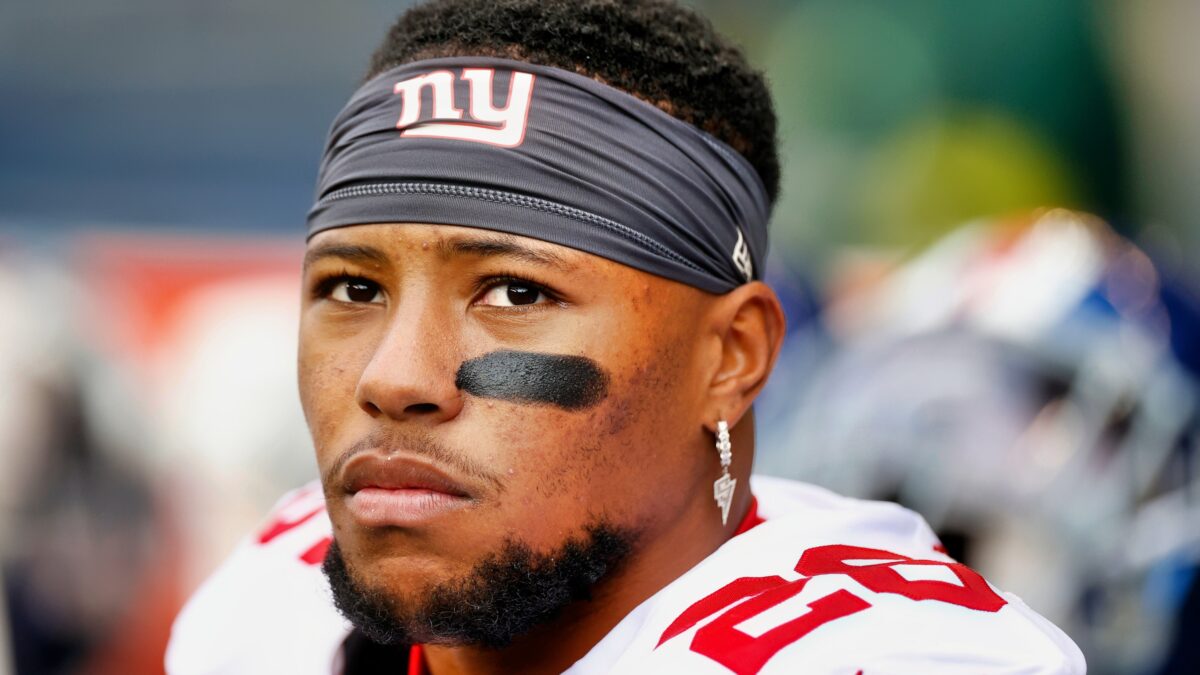
While NFL front offices can tend to get caught up in the advanced metrics of player evaluation, there are some instances in which I’d argue common sense needs to prevail—and they should simply look at the impact that a player makes on the field.
Take someone like Derrick Henry for example… Yes, he’s one of the highest-paid backs in the league, but he should be. And there’s an argument that he should be making even more.
After all, everything that the Titans have run offensively for the past few years has either been getting the ball in King Henry’s hands—or has been built around the threat of handing the ball to him.
And Tennessee isn’t the only NFL team that this is the case.
We saw something similar play out in New York last year with Saquon Barkley.
It is nearly impossible to deny that he had a HUGE impact on that offense, even more so than the team’s starting quarterback Daniel Jones, who I might go as far as to say was dependent on the threat of Barkley in the backfield for his success.
Not Pay – Change in Playstyle Across the League
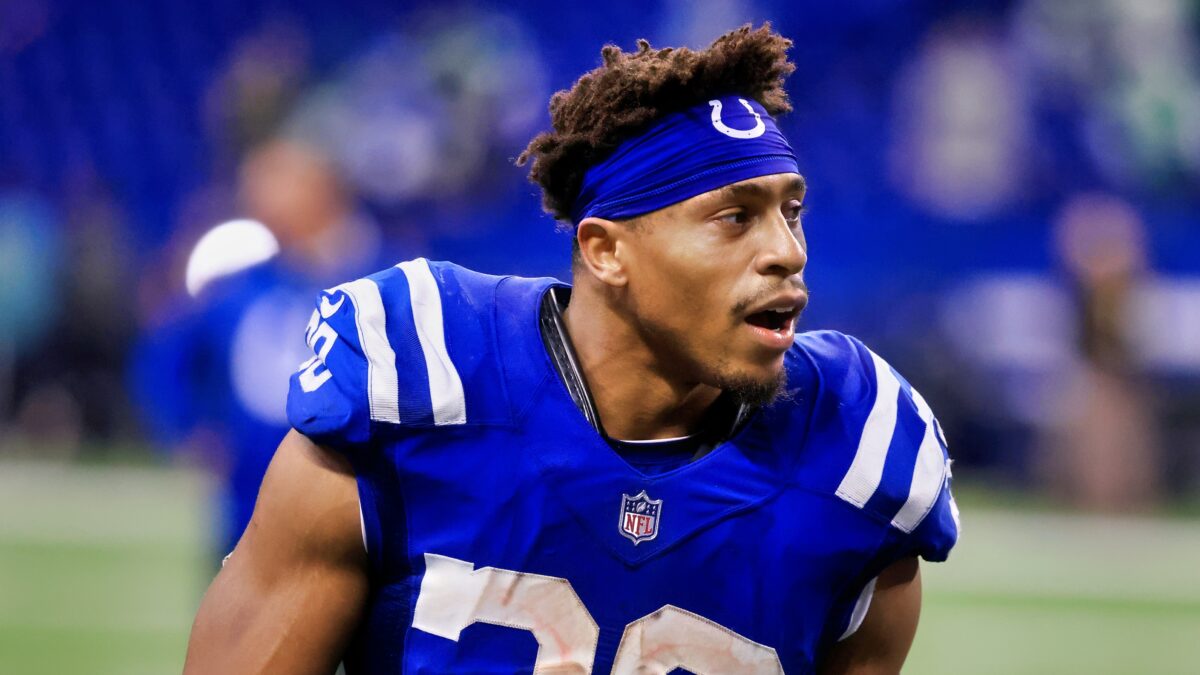
One of the key pillars that ownership groups and their front offices have in the argument against paying their running backs any significant amount of guaranteed money—is that the offensive systems that teams run nowadays are significantly less dependent on the run game than they once were.
Take a look at the average number of passing attempts per team in 2022 564.7, down slightly from 584.8 in 2021, which, by the way, was the all-time high—but compared to back in the day… It is an astronomical leap.
In 2010 the average total per team was 539.7… go back 10 more years to 1990 and it was 482.7.
And the further back in time you go, the more drastic the disparity is.
Way back in 1970, the league average was just 376.8 per year. It is no wonder that running backs used to be considered the cornerstone of some franchises—the way that quarterbacks are now.
They truly were the focal point of so many offenses for so many of the league’s best teams—and thus, deserved to be paid in the way that they were—relative to the other positions in the league.
It is only logical that now, NFL quarterbacks get the lion’s share of the money because they have the most responsibility on the team, whereas running backs are asked to do less and less each year.























